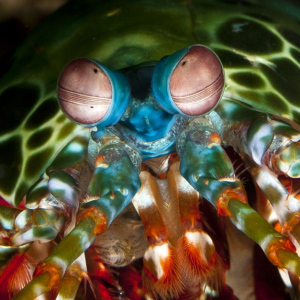In the animal world, there are species that possess very special eyes, helping them adapt and survive in harsh environments.
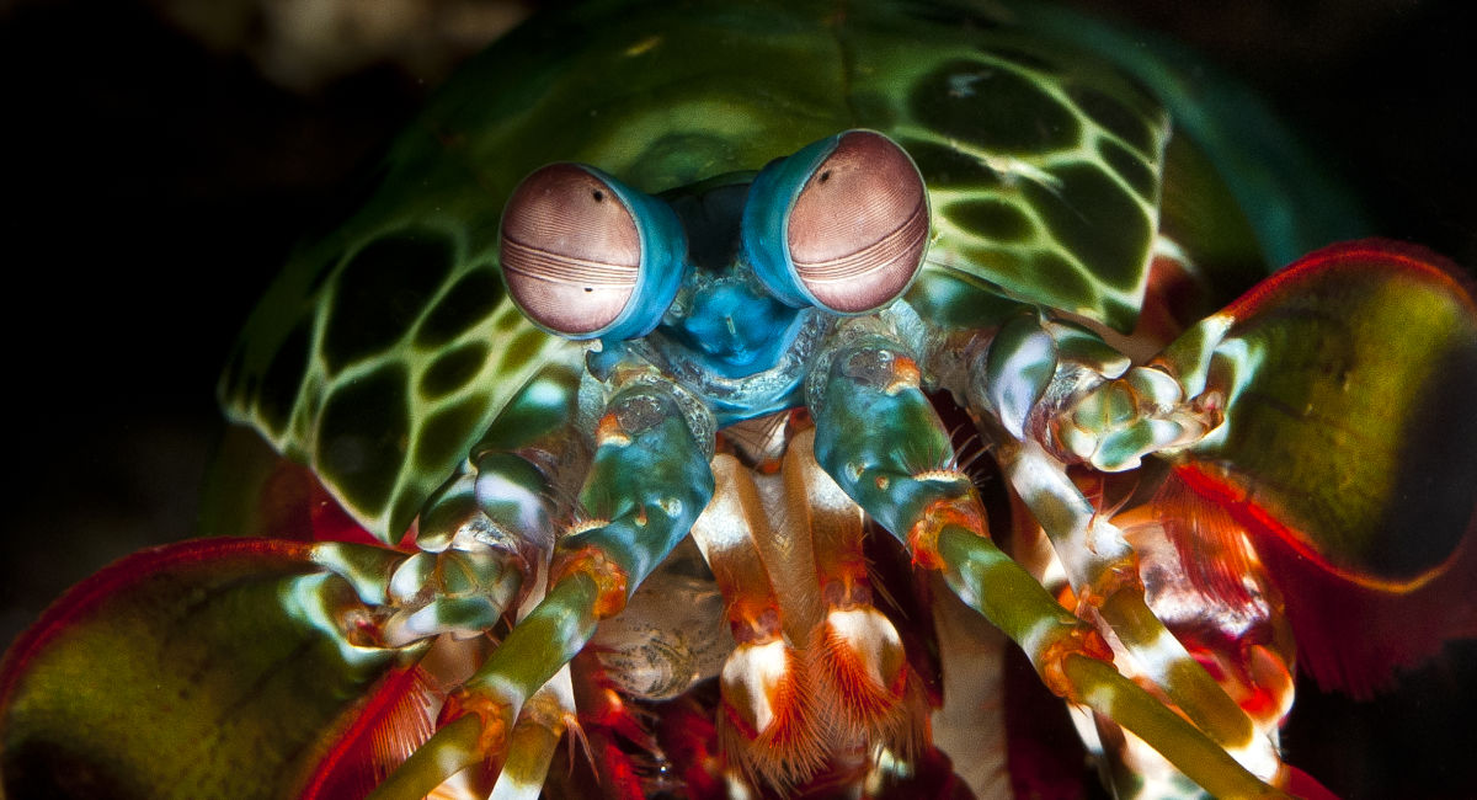
1. Mantis Shrimp Eyes : Mantis shrimp have the most complex eyes in nature , with the ability to see a much wider range of colors than humans. Each of their eyes has 12 to 16 types of photoreceptors, compared to three types in humans. This allows them to not only see color, but also detect polarized light and UV rays. Mantis shrimp eyes are also capable of moving independently, allowing them to observe their surroundings comprehensively and quickly detect prey. (Photo: Great Barrier Reef Foundation)

2. Eagle Eyes: Eagles are famous for their extremely impressive long-range vision. Their eyes can magnify images 4 to 8 times more than human eyes, allowing them to see small prey from several kilometers away. The eyes of an eagle have five times the density of cone cells than those of a human eye, allowing them to perceive color and detail more clearly. (Photo: National Geographic Kids)
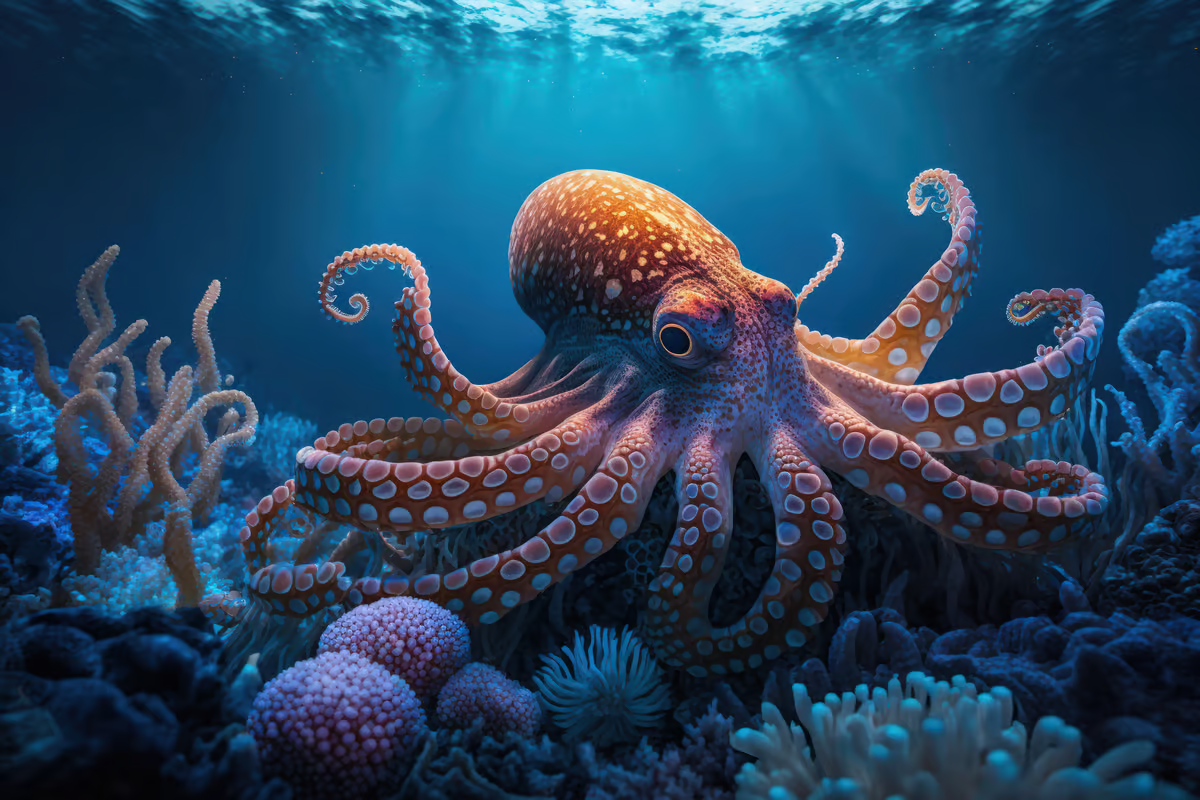
3. Octopus eyes: Octopuses have uniquely structured eyes, with cup-shaped retinas instead of spherical ones like those of humans. This helps them adjust to light and see clearly underwater, where light refracts strongly. Octopus eyes can also change color to camouflage themselves, and they have very good vision, helping them hunt and avoid predators effectively. (Photo: New Atlas)
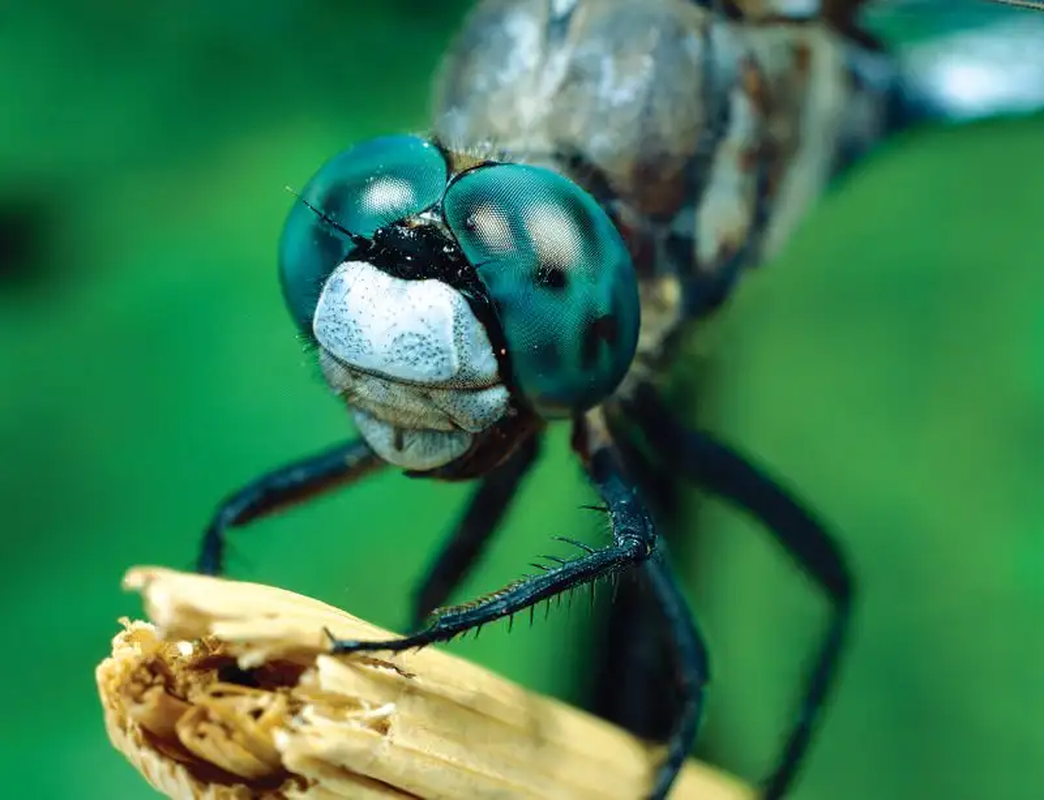
4. Dragonfly eyes: Dragonflies have large compound eyes that take up most of their heads. Each compound eye is made up of thousands of tiny visual units called ommatidia, giving them 360-degree vision. Dragonfly eyes are very sensitive to movement and can detect prey while flying at high speeds. (Photo: New Scientist)
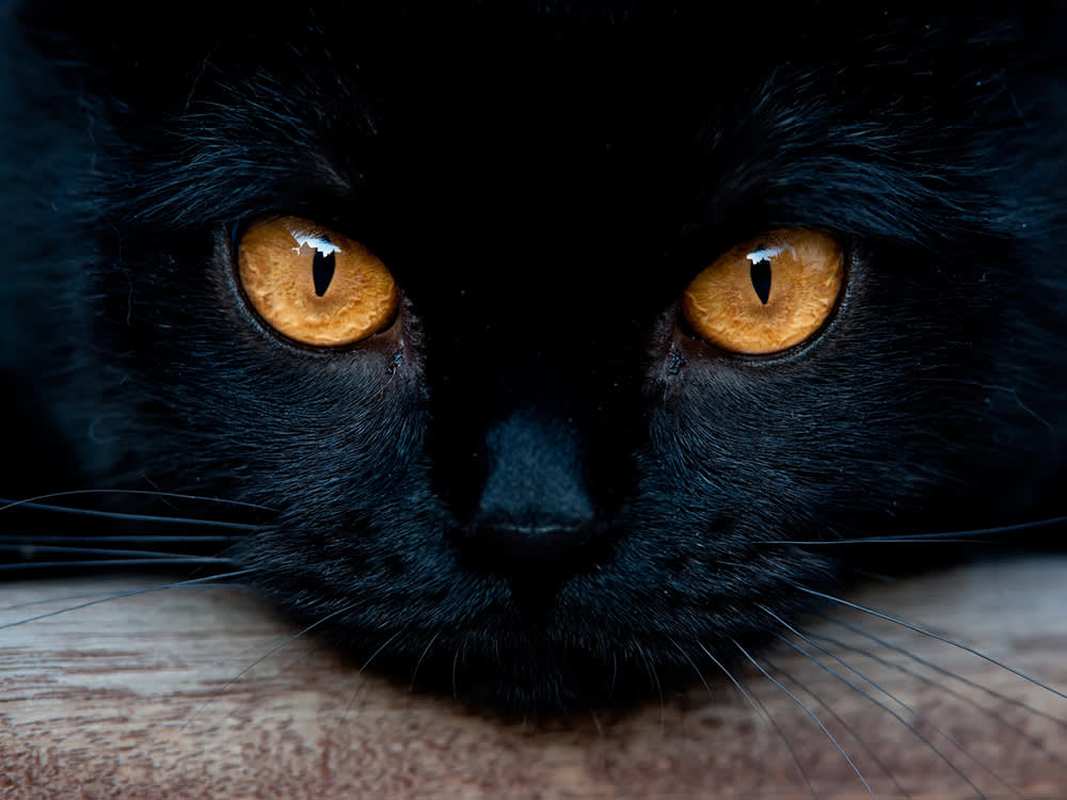
5. Cat eyes: Cats have eyes that can see in low light conditions, thanks to the tapetum lucidum layer that reflects light through the retina, enhancing night vision. Cat eyes also have the ability to narrow the pupil to a small slit to protect the retina from bright light, while expanding to optimize the amount of light received in the dark. (Photo: The Wildest)
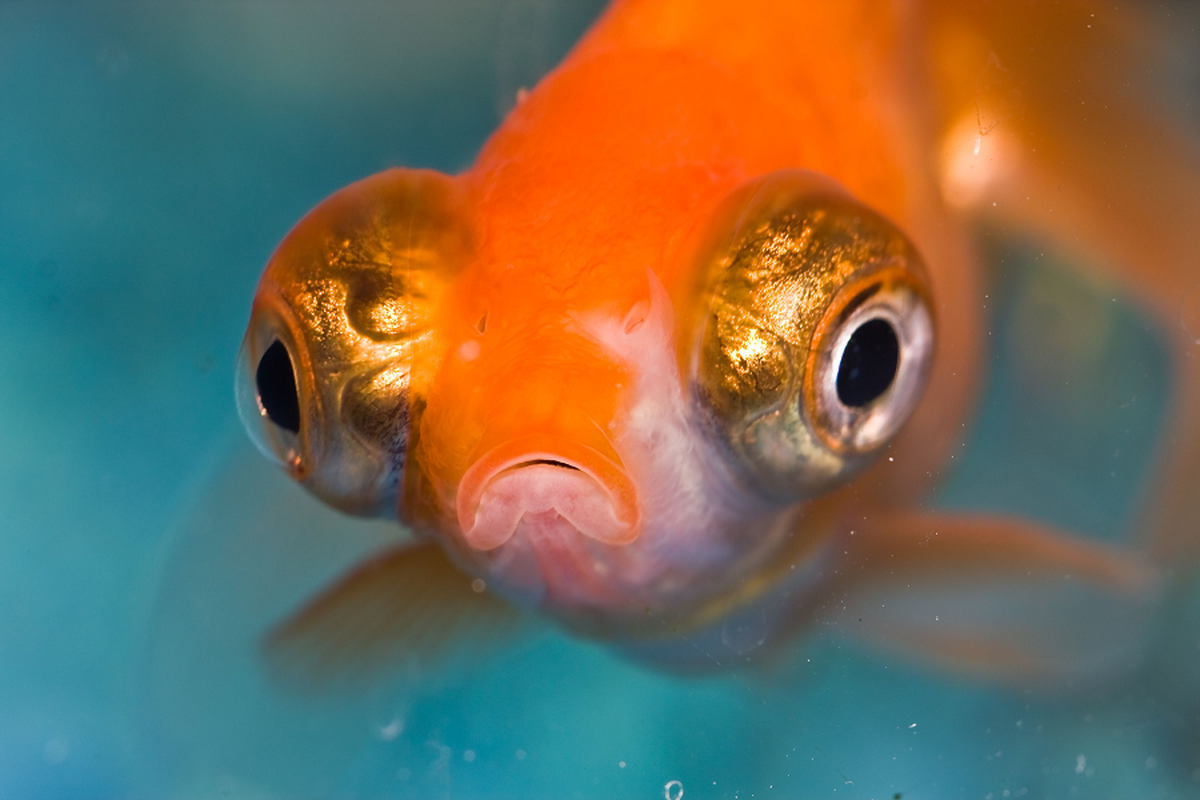
6. Goldfish eyes : Goldfish have the ability to see polarized light and UV rays, helping them perceive the underwater environment more clearly. Goldfish have eyelidless eyes, so they don’t need to blink and can maintain vision for long periods of time underwater. (Photo: The Spruce Pets)
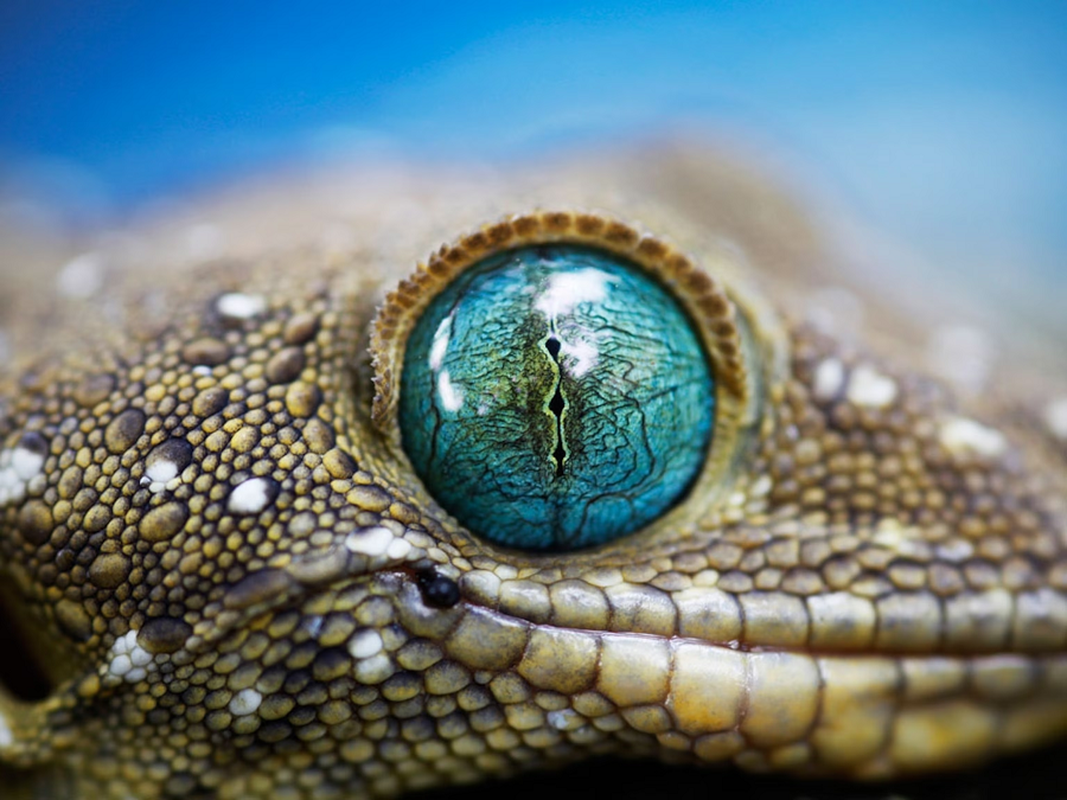
7. Gecko Eyes: Gecko eyes have the ability to adjust their vision to extremely low light conditions. Geckos can see colors in the dark thanks to their highly light-sensitive retinas. In addition, geckos can adjust their eyes to focus on objects at different distances, something few other animals can do. (Photo: National Geographic)

8. Owl Eyes: Owls have large eyes that help them see clearly in low light conditions. Owls’ eyes are fixed in their sockets, but they can rotate their heads up to 270 degrees to observe their surroundings without moving their bodies. This helps them hunt accurately in the dark. (Photo: Adobe Stock)



